Limited Range Of Motion
What is the Limited Range of Motion?
A Limited Range of Motion (ROM) refers to a restriction or reduction in the movement of a joint or body part. It means that the joint is not able to move through its normal or expected range of motion, either due to stiffness, tightness, pain, injury, or other underlying conditions.
A limited range of motion can significantly impact a person’s ability to perform daily activities and can also lead to compensatory movements, which may put a strain on other parts of the body. It can also increase the risk of injuries or musculoskeletal problems in the long run.
Physical therapy is commonly used to address limited range of motion. Physical therapists employ various techniques, such as stretching exercises, joint mobilization, and strengthening exercises, to improve flexibility, reduce stiffness, and restore the joint’s normal range of motion.
Your body is comprised of joints that can move in no less than one heading, from your knees, feet, and lower legs to your back, neck, and wrists. Although the range of motion varies, these intersections are where bones connect, where cartilage cushions the impact, and where muscles, ligaments, and tendons support the joint.
Range of motion assessment includes:
- How well you can straighten, and rotate your joints
- Age-Influenced Flexibility
- How well you can move the joint toward or away from the center of the body
- Effectively move ball joints in all directions. Certain exercises help improve and maintain joint mobility.
Cause of Limited Range of Motion
A limited range of motion is defined as a condition in which a joint’s ability to move is restricted. Joint problems, swollen tissue around the joint, muscle stiffness, or pain may limit movement.
Several factors may limit the range of motion:
- A person may have a dislocated joint or bacterial infection such as sepsis.
- Hard, swollen, or damaged tissue around the joint
- You may have joint diseases such as arthritis or cerebral palsy
- your body may have problems with blood circulation
- Fractures that cause widespread pain
- Cartilage injury
- Contracture or thickening of the skin
- Scar tissue: After injuries or surgeries, scar tissue formation can restrict the movement of the joint.
- Neurological issues: Nervous system disorders or nerve damage can interfere with the proper functioning of the muscles and restrict the range of motion.
- Contractures: A contracture is a permanent shortening of the muscles and tendons around a joint, often resulting from immobility or certain medical conditions.
- Muscular tightness: When the muscles around a joint are tight or shortened, they can limit the joint’s movement. This tightness can result from lack of stretching, prolonged immobility, or muscle imbalances.
- Certain illnesses can lead to permanent restriction of movement.
The following health issues are also associated with limited joint range of motion:
- Ankylosing Spondylitis
- Osteoarthritis (OA)
- Rheumatoid Arthritis (RA)
- Juvenile RA, which occurs in children, an autoimmune type of arthritis that affects those under 16 years old
- Cerebral Palsy (CP)
- Legg-Calve-Perthes disease
- A joint bacterial infection called sepsis, which affects the hip and other joints
- Inborn torticollis
- A sexually transmitted illness (STI) called syphilis
Restrictions in range of motion can also be caused by:
- Swelling of the joint or inflammation of the surrounding soft tissues
- Muscle stiffness
- Pain
- Joint dislocation
- Elbow fractures
- Fractures in other areas of the body
Disorders of the brain, nerves, or muscles can harm the muscles, tendons, and nerves and result in loss of mobility. These conditions include, among others:
- Cerebral palsy (Group of illnesses affecting the brain and neurological system)
- Congenital torticollis (wry neck)
- Muscle weakness is a symptom of muscular dystrophy, a class of hereditary diseases.
- Brain damage or a stroke
- Volkmann contracture (muscle damage that results in malformation of the hand, fingers, and wrist)
In addition to the pathological causes of mobility limitation, there may also be non-pathological causes, such as:
- Tight clothes
- Muscle hypertrophy due to strength training (eg, biceps hypertrophy limits elbow flexion)
- Fat
When should a person see the doctor?
Consult your doctor about a possible reduction in normal joint movement. Additionally, you should visit a doctor if you have trouble moving a certain joint or if you find it difficult to fully extend or bend one or more joints. People are not always aware that their freedom of movement is restricted. You may also see a doctor for other reasons and find that you have limited mobility in one or more joints.
How are movement disorders diagnosed?
Your initial visit may include a physical examination. This includes an assessment of affected joints. Doctors may ask questions about movement restrictions, such as:
- When did the problem start?
- Do you feel pain? where does it occur?
- Do you have any other symptoms?
- Doctors may also evaluate bone, muscle, and nervous system function. For follow-up, doctors may order tests, such as X-rays of the spine and joints.
The doctor may recommend physical therapy to improve your range of motion.
What are the complications associated with limited range of motion?
In some cases, the position of the joint can be fixed permanently. This means that the joint cannot be moved beyond a certain point. These are called contracture deformities. Medical conditions associated with this complication include:
- Increased risk of injury
- Decreased flexibility
- Decreased joint mobility
- Deceased risk of life
- Decreased range of motion
The exercises should be started with slow and gradual intensity and should be increased with proper duration and condition of the patient.
Diagnosis and treatment
Doctors first examine the joint, assess the range of motion, and ask about other symptoms that affect movement. You may have medical imaging to look at your joints and adjacent bones, nerves, and muscles.
A physical therapist can guide you through exercises to increase joint flexibility. Additionally, you could have different kinds of manual treatment to increase your range of motion and more exercises that emphasise form and alignment to stop subsequent injuries.
How can I prevent movement restrictions?
Movement exercises are specifically aimed at joint mobility. A physical therapist can help you perform a variety of range-of-motion exercises.
Your doctor or physical therapist will also be able to give you some simple exercises you can do at home.
They help maintain or improve joint mobility, contributing to greater overall freedom and range of motion. There are three general classes of the range of movement preparation.
Active, active supportive, passive. You can do active exercises without the help of others.
Proactive relief efforts depend on your and others’ efforts. This other individual is many times an actual specialist.
These exercises are helpful if flexing or extending a joint is painful. Passive exercise relies entirely on the efforts of a physical therapist or someone else.
These are typically used when the patient cannot move independently due to physical limitations.
With the range of motion and stretching exercises shown below, the range of motion may be preserved and gradually expanded.
Physical therapy Treatment
There are many reasons to see a physical therapist to address joint mobility limitations. Benefits of exercise therapy include:
- Healing and recovery of soft tissue and joint lesions
- Maintain existing mobility of joints and soft tissues
- Minimize the effects of contracture formation
- Prevents adhesions between fasciae
- Support for neuromuscular retraining
- Improved synovial movement.
A variety of range of motion training allows you to–
- Increase the movement of one joint
- Improves joint and overall limb function
- Improved movement efficiency
- Increase independence
- Reduce pain
- Improve and maintain joint integrity
- Improve balance
Restoring joint mobility is one of the first stages of post-injury rehabilitation. A physical therapy assessment is performed before prescribing a battery of exercise exercises. During the evaluation, attention is paid to the current range and quality of movement.
Summary
A joint is said to have a limited range of motion when it does not move fully and easily in the normal way. Mechanical issues inside the joint, swelling tissue around the joint, muscular stiffness, discomfort, or illness may all impede motion.
Practicing various range of motion exercises will greatly improve your flexibility and range of motion. However, always consult your doctor before trying a range of motion for the first time. It is necessary to maintain proper position and shape to avoid injury.
FAQs
What is the limited range of motion test?
A tool called a goniometer, which measures the angle at a joint, is most usually used to evaluate ROM in addition to physical examination. Goniometers, which are available in a variety of sizes and forms to be used on different joints, measure the range of motion in degrees, from zero to 180 or 360.
What is the limited range of motion example?
A typical knee, for instance, should ideally be able to flex, or bend, to a maximum of 133 to 153 degrees, according to one research. Additionally, a typical knee should be able to fully extend and become straight. Limited range of motion refers to a decrease in a joint’s usual range of motion.
What is limited motion?
A joint or body component has a limited range of motion if it is unable to move through its full range of motion.
What causes a limited range of motion in the elbow?
Elbow contracture
Your elbow’s flexibility and range of motion will be restricted. Immobility or inactivity are two causes. scar tissue that develops during the recovery process following an accident, burn, or inflammation.
Does age limit the range of motion?
As we age, our range of motion (ROM) in joints diminishes. Both passive and active ROM shrink, however, the active ROM shrinks more often than the passive ROM.
How is joint movement limited?
To provide support and restrict joint mobility, strong ligaments (stiff, elastic bands of connective tissue) surround the joint. Bones are joined together by ligaments. Tendons. On each side of a joint, tendons (another form of hard connective tissue) link to muscles that regulate the movement of the joint.

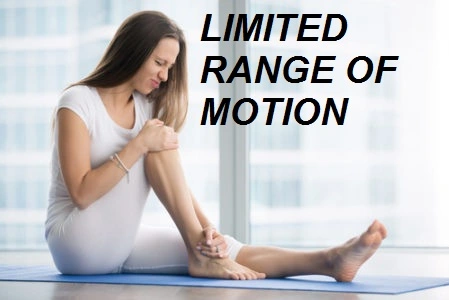
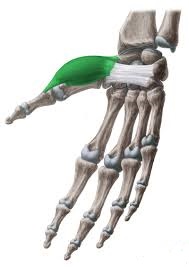
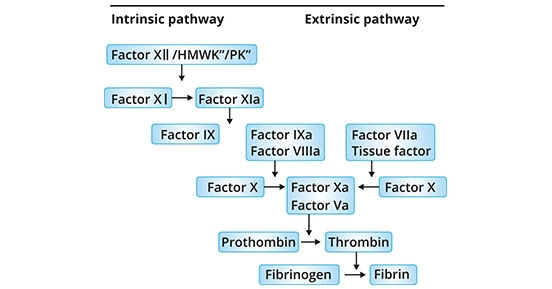

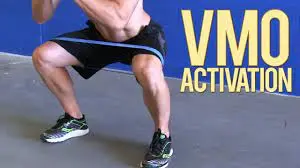
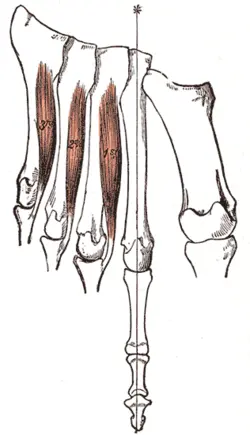
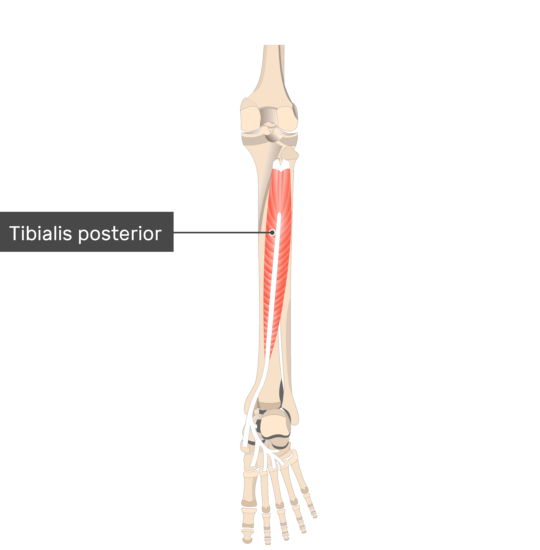
22 Comments